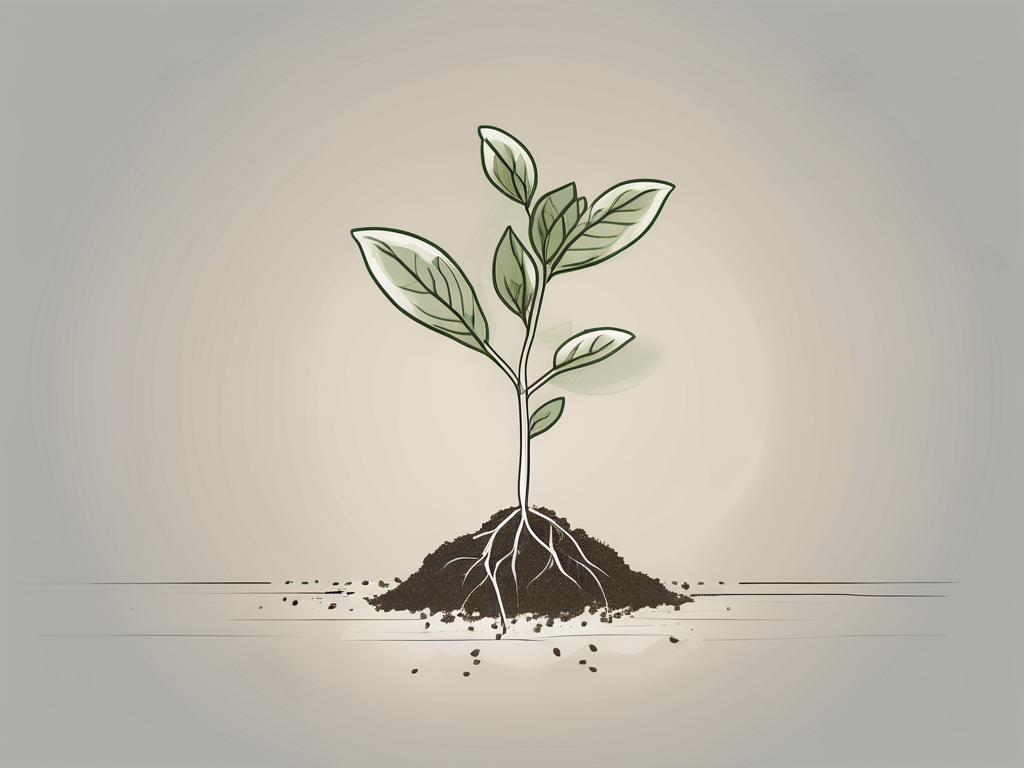
If you're into plants and love a bit of a challenge, the desert rose is a stunning choice to add to your collection. Known for its unique, sculptural trunk and vibrant, trumpet-shaped flowers, this plant can thrive indoors with the right care. But what if you want more than one? Or maybe you want to share the beauty with friends and family? Propagating your desert rose is a rewarding way to achieve this and cultivate your green thumb in the process.
In this post, we'll walk through the process of propagating a desert rose, covering everything from the materials you'll need to tips for maintaining the health of your new plants. Whether you're new to plant parenting or a seasoned pro, these steps will guide you through creating new desert rose plants with confidence.
Understanding the Desert Rose
Before we jump into propagation, let's get to know the desert rose a bit better. This plant, also known as Adenium obesum, hails from the arid regions of Africa and the Middle East. It's a succulent, which means it has adapted to store water in its trunk and stems, allowing it to survive in dry conditions. The desert rose is often admired for its thick, bulbous trunk and its ability to produce a profusion of colorful blooms ranging from pink to red and even white.
Why does this matter for propagation? Well, understanding the plant's natural habitat and growth habits can help you mimic these conditions at home, giving your new plants the best chance to thrive. Desert roses prefer bright, indirect light and well-draining soil, and they don't like to be overwatered. Keep these preferences in mind as you embark on the propagation journey.
Gathering Your Materials
Like any good plant project, getting your materials together before you start is essential. Here's what you'll need to propagate your desert rose:
- Healthy parent plant: You'll need a mature desert rose that's in good health. Look for one with robust growth and no signs of disease.
- Sharp, clean pruning shears: A clean cut is crucial to prevent infection and encourage healthy growth.
- Rooting hormone: This is optional but can help speed up the rooting process.
- Potting mix: Choose a well-draining mix suitable for succulents and cacti.
- Small pots or containers: You'll need these to plant your cuttings.
Once you've gathered your materials, you're ready to move on to the next step: taking cuttings from your desert rose.
Taking Cuttings from Your Desert Rose
Taking a good cutting is probably the most crucial step in propagating your desert rose. Here's how to do it:
- Select a healthy branch: Look for a branch that is at least 6 inches long, with a few leaves and no flowers. The best time to take cuttings is during the plant's active growing season, usually in spring or early summer.
- Make a clean cut: Use your sharp, clean pruning shears to make a diagonal cut about 1/4 inch below a leaf node. This angle helps increase the surface area for rooting.
- Remove excess leaves: Trim away any excess leaves from the lower part of the cutting, leaving a few at the top to help with photosynthesis.
Once you've taken your cuttings, it's time to prepare them for planting.
Preparing the Cuttings
After you've taken your cuttings, the next step is to prepare them for planting. This involves a few simple steps:
- Let them dry: Allow the cuttings to dry for a day or two in a warm, dry location. This helps callus the cut ends, reducing the risk of rot when you plant them.
- Dip in rooting hormone: If you're using rooting hormone, dip the cut end of the branch into the powder. This can help stimulate root growth, although it's not strictly necessary.
Now that your cuttings are ready, it's time to plant them in the potting mix.
Planting the Cuttings
With your cuttings prepped and ready, let's get them into some soil. Here's how:
- Choose the right pot: Select a pot or container with drainage holes. This is crucial to prevent water from pooling and causing root rot.
- Fill with potting mix: Add your well-draining potting mix to the pot, leaving some space at the top.
- Plant the cuttings: Make a small hole in the soil and insert the cutting, ensuring that at least one node is buried beneath the surface. Gently firm the soil around the cutting to hold it in place.
- Water lightly: Give the cutting a light watering to settle the soil, but be careful not to overdo it.
After planting, it's important to provide the right conditions for your cuttings to root and grow.
Caring for Your New Desert Rose Plants
Once your cuttings are planted, the real care begins. Here are some tips to keep your new desert rose plants healthy:
- Light: Place your pots in a bright, warm location with indirect sunlight. Too much direct sun can scorch the young plants, while too little can stunt their growth.
- Watering: Allow the soil to dry out between waterings. Overwatering is a common mistake and can lead to root rot. Remember, these are desert plants, so they prefer drier conditions.
- Temperature: Keep the temperature around 70°F to 85°F (21°C to 29°C). Avoid cold drafts and sudden temperature changes.
With the right care, your cuttings should begin to root in a few weeks. You can gently tug on them to check for resistance, which indicates root development.
Transplanting Your Desert Rose
Once your cuttings have developed a strong root system, it's time to think about transplanting them into larger containers. This allows the plants more room to grow and thrive.
- Select a larger pot: Choose a pot that's slightly larger than the current one, with good drainage.
- Use fresh potting mix: Provide a fresh, well-draining potting mix to ensure continued growth.
- Gently remove the plant: Carefully remove the rooted cutting from its current pot, trying not to disturb the roots too much.
- Replant: Place the plant in the new pot and fill in around it with soil, making sure it's at the same depth as before.
- Water lightly: Water the plant lightly to help it settle into its new home.
Transplanting can be stressful for plants, so keep an eye on your desert rose in the weeks following the move to ensure it's adjusting well.
Common Issues and Troubleshooting
Like any plant project, propagating desert roses can come with its own set of challenges. Here are some common issues and how to address them:
- Rotting cuttings: If your cuttings are rotting, it might be due to overwatering or poor drainage. Ensure your pots have drainage holes and that you're allowing the soil to dry out between waterings.
- Slow rooting: If your cuttings are taking longer to root than expected, it could be due to low temperatures or insufficient light. Try moving the pots to a warmer, brighter location.
- Pest issues: Keep an eye out for pests like aphids or spider mites, which can affect desert roses. If you notice these pests, treat them with insecticidal soap or neem oil.
Being proactive and observant can help you catch and address these issues early, ensuring your desert rose plants remain healthy and vibrant.
Enjoying Your New Plants
As your desert roses grow, you'll be able to enjoy the fruits of your labor. These plants can be a beautiful addition to any home, and their unique appearance makes them a conversation starter. Consider displaying your desert rose in a place where it can be admired, like a sunny windowsill or as a focal point in your living room.
Remember, every plant has its own personality and may require some adjustments in care. Pay attention to how your desert rose responds to its environment, and don't be afraid to make changes if needed.
Final Thoughts
Propagating a desert rose can be a rewarding experience, allowing you to expand your plant collection and share the beauty with others. By following these steps and providing the right care, you'll be well on your way to growing healthy, thriving desert roses.
At Cafe Planta, we love helping plant people create beautiful spaces filled with greenery. If you have any questions or need more tips on plant care, feel free to reach out via email or connect with us on Instagram. Whether you're a seasoned plant parent or just starting out, we're here to support your plant journey and celebrate the joy of indoor gardening with you.












